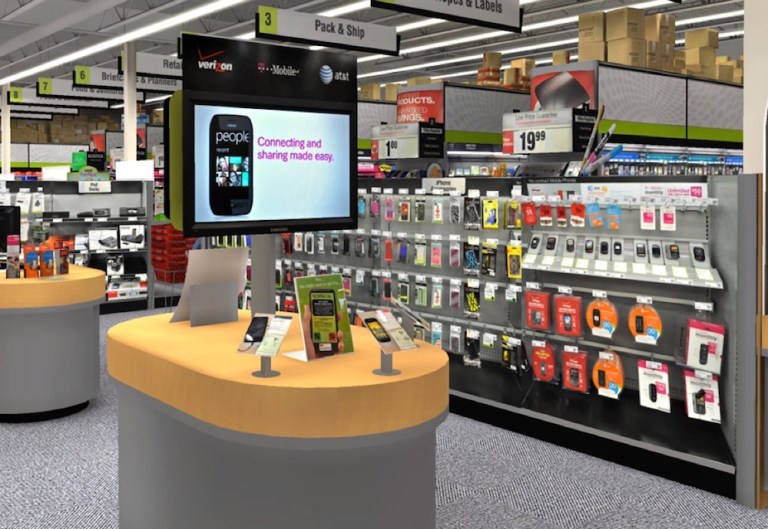InContext Solutions And The New (Virtual) Reality Of Retail

Gaming gets much of the glory when it comes to the emerging virtual-reality ecosystem – and for good reason – the application of the technology is obvious. Games have spent the better parts of three decades becoming more photorealistic, and the natural evolution is to insert gamers into fully immersive, totally artificial environments to ward off alien invasions or fight for survival in the zombie-laden post-apocalyptic wasteland.
AR/VR doesn’t, however, seem like an obvious entrant into retail spaces on first blush, particularly retail spaces that are already physical. When one thinks AR/VR in retail, insofar as one is thinking about it at all, the bent of the use seems to be about bringing a real-world experience, virtualized, into a personal environment like a home or work cubicle. VR fashion shows that put one in the action in London or Paris or virtual fitting rooms that let online shoppers “try on” clothes virtually.
But the team at InContext Solutions thinks about VR in a different way – and a tool to better buttress the in-store experience for the customers who are willing to brave the real world. In fact, InContext Solutions thinks virtualizing real experiences might help bring some of those erstwhile shoppers back to physical retail.
And InContext Solutions has put together a fairly notable gallery of brands and retailers to which it seeks to bring its virtual insights: Nestle, Smucker’s, Kellogg’s, Anheuser-Busch and Walgreens have all experimented with InContext’s thus-far cloud-based VR solution for enterprise. What they do – in short – is make it easy for firms to use VR to “see” new concepts in store before they actually invest in creating them physically.
“By building hyper-realistic 3D virtual simulations for in-store testing, VR is enabling retailers and brand managers to make faster, smarter and more profitable decisions on how they market both their products and their stores,” says Tracey Wiedmeyer, the firm’s chief technology officer.
Those hyper-realistic displays come care of the firm’s ShopperMX platform, and it offers an easy entry point to creating virtual display models. Those display models both let the retailer decide how much they like a new concept, but even more important, they give the retailers a chance to see how consumers are reacting to it in real time.
The point of VR in this application, Wiedmeyer says, is to help brands literally enhance their “shopability” by getting a low-investment way to find out what their consumers want and will positively react to. It’s data heavy and technical – as B2B applications tend to be – and doesn’t lack the obvious charm of using VR tech to defeat an army of goblins or rescue the planet from alien invasion, but it’s a notion that retailers are coming around on. According to reports, 74 percent of retailers say they’ll lean on VR in the coming years to improve customer experience and gather data. InContext provides that data by building the display and also employing technology like heat maps so that retailers can see how many users are being drawn to the new display type.
InContext Solutions was early to this market and ready to build ways to provide the data in 2009. That was long before anyone but the earlier adopting gaming enthusiasts were musing positively about VR’s potential – and retailers were far from thinking this might be the solution of the future for passively gleaning data on consumer preferences.
But the world has a way of changing a lot in 10 years, and a decade of retailers facing falling foot traffic, a wholesale resetting of consumer preferences when it comes to shopping experience and a dearth of concrete data on how to reverse those issues. InContext Solutions provides for the right need at the right time, and the $15.2-million round of funding led by Intel Capital and Beringea the firm just closed indicates that the marketplace is coming around to the type of data InContext Solutions is in a unique position to provide.
Until now, the firm has largely relied on WebVR solutions, but this latest round of funding will go toward more seriously attempting to develop virtual-reality headsets as part of its business offering.
“This latest round of funding gives us strong strategic backers who share our vision of even more robust, fully immersive virtual reality solutions for retail,” said Mark Hardy, CEO of InContext Solutions, in a statement. “We have long been a leader in web-based VR, and this investment allows us to aggressively develop our VR platform, further lowering costs and improving speed and revenue for our clients.”